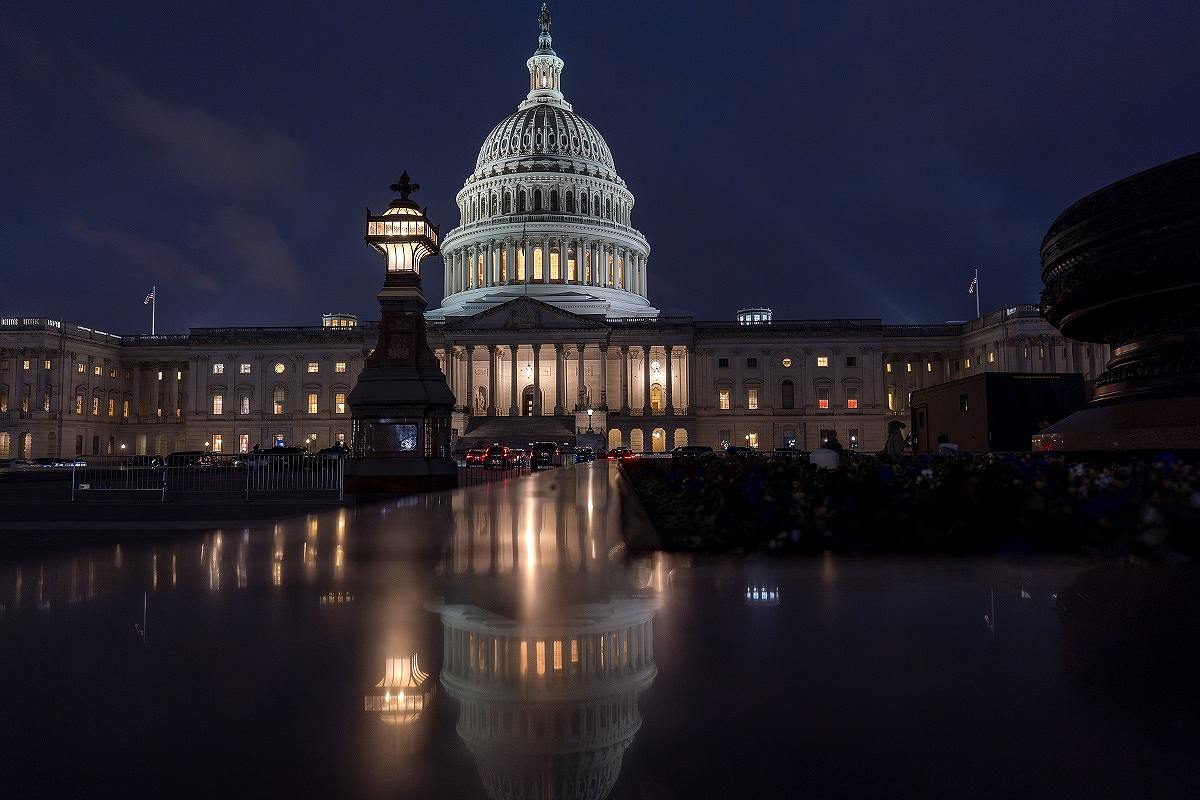Washington, D.C. — As the clock ticked perilously close to midnight on March 14, 2025, the U.S. Senate transformed into a battleground of wills, ideologies, and last-minute negotiations. With a government shutdown looming like a dark cloud over the nation, senators faced a stark deadline: fund the government by 12:01 a.m. or plunge federal agencies into chaos. In a dramatic 54-46 vote, the Senate passed a Republican-led $3.2 trillion stopgap funding bill, pulling the country back from the brink just before the deadline. The legislation, already greenlit by the House earlier in the week, was signed into law by President Donald Trump on March 15, securing government operations through September 30, 2025. This wasn't just another day in Washington. It was a high-stakes showdown that revealed the fractures within America's political landscape—and the fragile threads holding its government together.
Politics
•
Last-Minute Funding Bill Passes: Trump Signs, but Is This the End of Big Government?
By Junction News
- Politics Division
